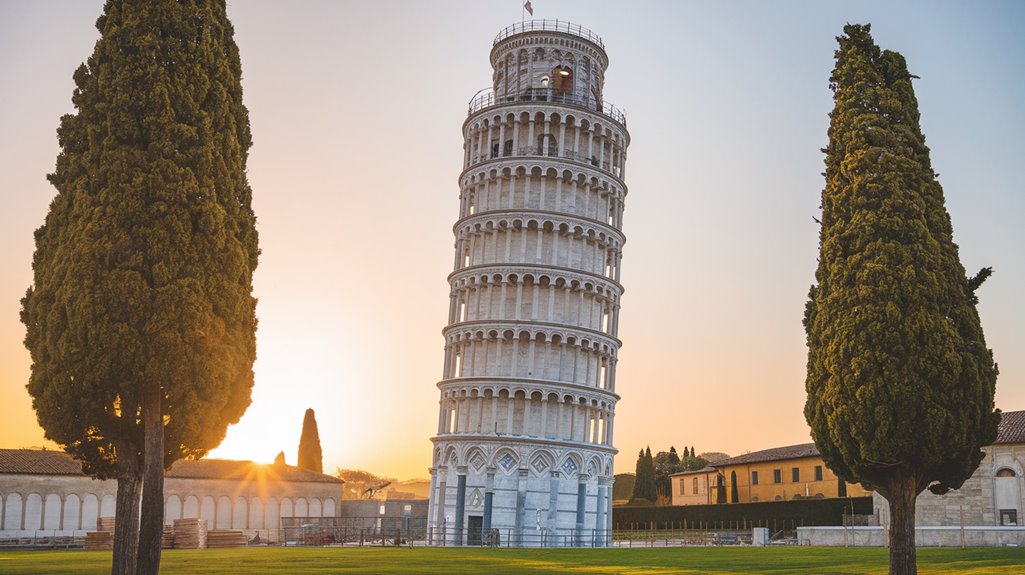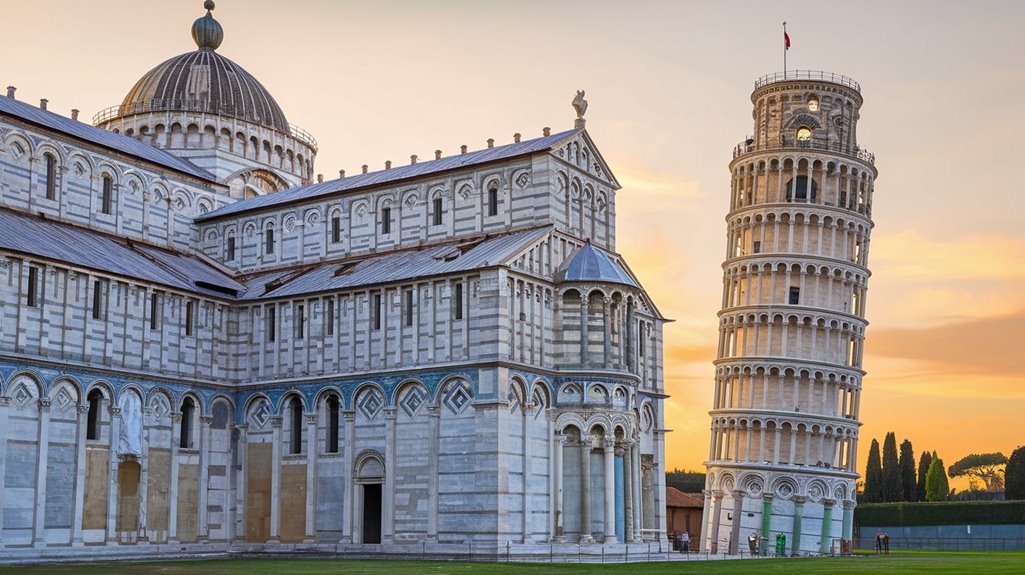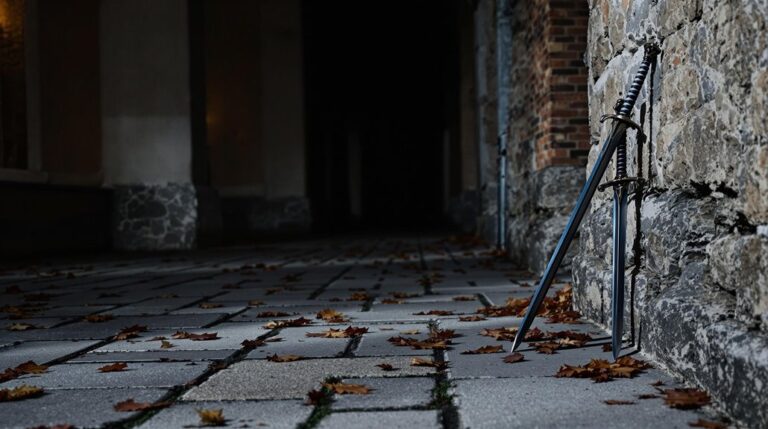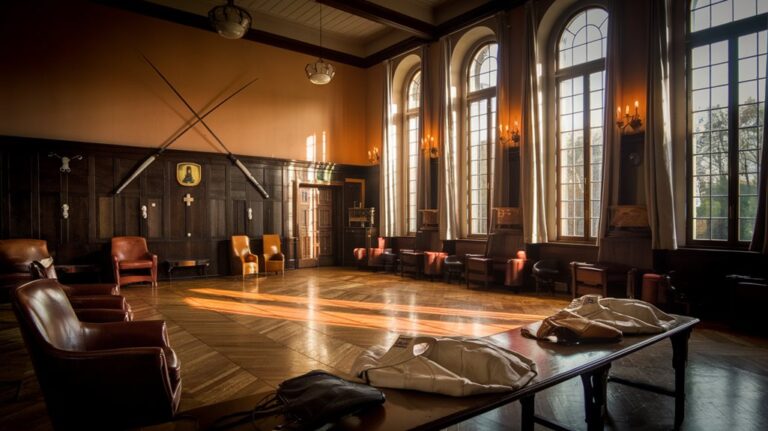The Leaning Tower of Pisa Was Tilted From the Start
You'll find it fascinating that one of the world's most famous architectural mishaps didn't happen gradually over centuries—it was doomed from day one. When workers laid the first stones of the Leaning Tower of Pisa in 1173, they couldn't have known that their shallow foundation and poor soil analysis would create an engineering nightmare. Yet this "mistake" has transformed into a beloved marvel that draws millions of visitors each year. The real story behind its troubled beginnings reveals an even more compelling tale.
The Tale Behind the First Stone
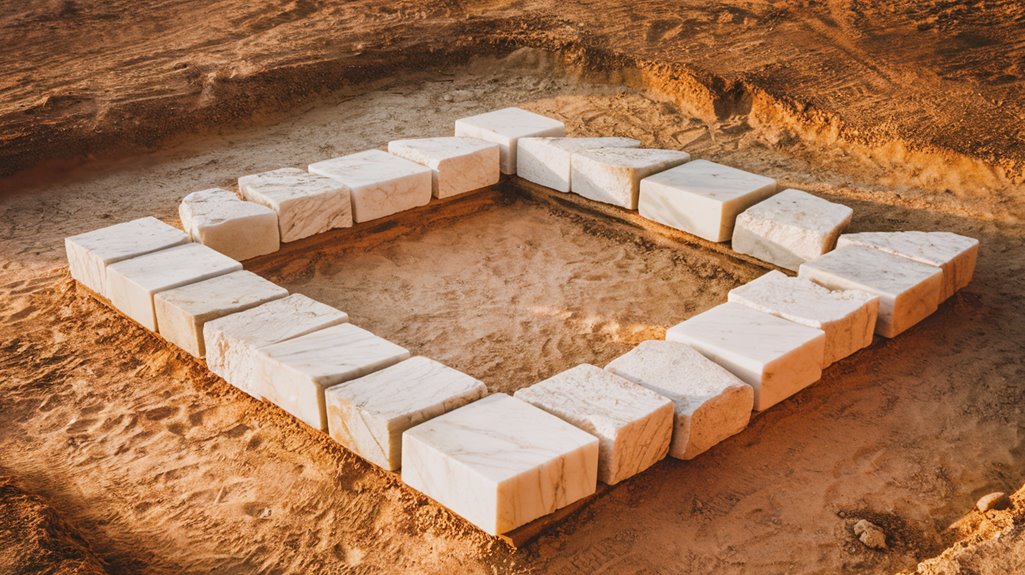
While medieval Pisa flourished as a maritime powerhouse in 1173, the city's ambitious leaders laid the first stone of what would become one of history's most famous architectural mishaps.
You might think they'd notice the construction challenges immediately, but it took five years before they halted work due to the tower's obvious tilt.
The tower's architectural significance stems from its dual nature as both a masterpiece and a miscalculation. The tower's issues arose from the soft, uneven soil beneath its foundations.
When you consider that it was meant to stand nearly 197 feet tall as a symbol of Pisa's wealth and power, you'll understand why builders pressed on despite the lean.
The tower was originally intended to be the tallest bell tower of its age, making its eventual lean even more dramatic.
They'd later try compensating by adding taller columns on the south side, but the tower's destiny as a tilting wonder was already set in stone.
A Foundation Built on Shaky Ground
Beneath the tower's ornate marble facade lies a fundamental flaw that would seal its crooked fate.
You'll find a shallow foundation, just 3 meters deep, resting precariously on unstable alluvial soil. This foundation instability stems from a problematic mix of sand, clay, and shells that simply couldn't support the tower's massive weight.
The soil composition proved disastrous from the start. As workers completed the third tier, the structure began to lean, revealing the consequences of building on such soft ground. Construction was halted for nearly a century when the tower showed signs of early foundation problems. The tower continued to worsen at a rate of 2 millimeters yearly.
The situation worsened with seasonal rains, as the water table's fluctuations caused one side to slouch further. While this engineering oversight might seem catastrophic, it's ironically helped the tower survive earthquakes, as the soft soil absorbed seismic shocks.
Modern stabilization efforts, including soil extraction and lead counterweights, have guaranteed the tower's stability for centuries to come.
The Tower's Struggle Through Time
Since its groundbreaking in 1173, the Leaning Tower of Pisa has endured nearly 850 years of architectural challenges and stabilization attempts.
By 1178, you could already see the tower's historical significance taking an unexpected turn as it started leaning during construction of its fourth floor. Built to serve as a cathedral bell tower, the structure exemplifies both architectural grandeur and engineering miscalculation.
Throughout centuries, engineers and architects have battled the tower's persistent tilt:
- In 1272, workers tried counterweights and foundation adjustments
- By 1934, modern engineers injected mortar and added tie rods
- From 1990 to 2001, a massive restoration reduced the tilt by 44 cm
The architectural challenges reached their peak in 1990 when the tower's lean hit 5.5 degrees, forcing its closure to the public. The intensive stabilization project concluded with citizens regaining access to their beloved monument on Saint Rainier's Day in 2001.
Today, thanks to extensive stabilization work, you'll find a safer structure that continues to captivate millions of visitors annually.
Engineering Marvels and Missteps
The engineering story behind the Leaning Tower of Pisa reveals both innovation and error in medieval architecture.
You'll find that the tower's initial construction techniques were ambitious but flawed, with builders placing a heavy structure on soft, marshy ground between two rivers. The tower's main body consists of a hollow cylinder, featuring inner and outer walls filled with rubble.
When architectural challenges became apparent after the third floor, engineers tried various solutions. Giovanni di Simone attempted to correct the lean in 1295 by building upper stories at a straight angle, but this only complicated matters. Originally intended to be the tallest bell tower of its time, the structure faced numerous setbacks.
Even Mussolini's later intervention with grout and mortar made things worse. The tower's curved line and six floors of loggias show remarkable craftsmanship, though they weren't designed to compensate for the tilt.
As construction progressed, the lean increased dramatically – from 0.2° in 1272 to 1.6° by 1370.
Modern Solutions for an Ancient Problem
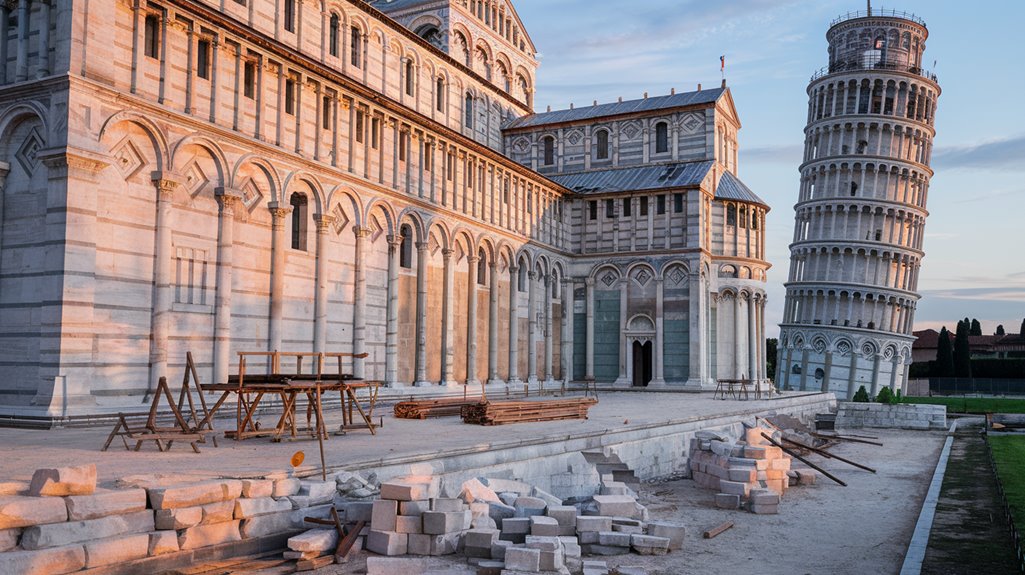
Modern engineering finally tackled Pisa's famous lean in 1990, when the tower's alarming 5.5-degree tilt forced its closure to visitors.
In its historical context, this challenge required innovative techniques that would preserve the structure while correcting centuries of instability. Initial attempts to stabilize the tower included building concrete footings in 1995 to test soil removal methods.
The key stabilization efforts included:
- Drilling wells to remove clay and water from beneath the foundations
- Using 900 tons of lead counterweights on the north side
- Siphoning earth from strategic points under the tower
You'll be glad to know these solutions worked remarkably well.
Engineers successfully reduced the lean by 19 inches, bringing the tilt to less than 4 degrees.
The project, completed in 2001, not only stabilized the tower but also guaranteed its safety for at least two centuries.
Even after the work ended, the structure continued to straighten naturally.
 seven massive bells were silenced in the early 1900s to prevent their weight and movement from worsening the lean.
seven massive bells were silenced in the early 1900s to prevent their weight and movement from worsening the lean.
Preserving a World-Famous Mistake
Preserving a world-famous mistake poses unique engineering challenges, as experts must maintain the tower's iconic lean while preventing its collapse.
Since its construction in 1173, engineers have battled issues ranging from unstable soil to water table fluctuations that threaten its historical significance.
The tower's construction took place over nearly two centuries to completion, which allowed time for the soil to settle gradually.
By 1990, the tower experienced such severe structural stress that it faced imminent collapse risk.
You'll find that modern solutions blend innovation with respect for the tower's heritage. Engineers have successfully stabilized the structure through soil extraction and steel cable support, while a drainage system helps control groundwater levels.
Future preservation plans include periodic soil removal and possibly adding protective concrete layers with anchored cables.
Despite these engineering challenges, you can still climb the tower's 296 steps today, and experts project it'll remain stable for about 200 more years if conditions stay favorable.

